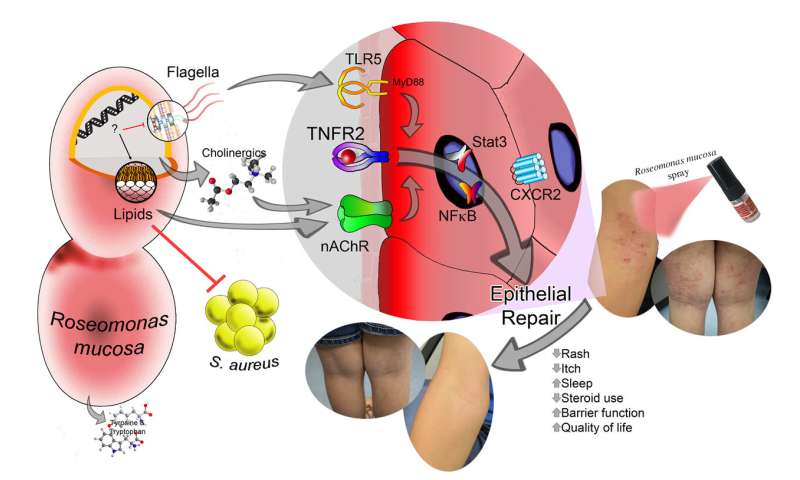Mental health hotlines bolstered amidst a surge of calls during COVID-19 pandemic
The Department of Health (DOH), in partnership with the World Health Organization (WHO), is jointly raising awareness on the importance of public mental health, especially amidst the COVID-19 pandemic.
Though the Philippines has consistently ranked in the Top 5 of a global optimism index, the National Center for Mental Health (NCMH) has revealed a significant increase in monthly hotline calls regarding depression, with numbers rising from 80 calls pre-lockdown to nearly 400.
Globally, the most vulnerable population is those aged 15-29. Mental health-related deaths are also the second leading cause of fatalities in this age group. These numbers illustrate the need for more conversations and programs that will break the stigma around mental health. Most times, Filipinos do not feel comfortable sharing their mental health challenges for fear of alienation or prejudice.
“The importance of mental health initiatives is just as crucial as those for the COVID-19 pandemic,” said Health Secretary Francisco T. Duque. “Now more than ever, we need to promote holistic health, where we are caring for the body, the mind, and even the spirit.”
The DOH has launched a multi-sectoral approach for mental health with programs and interventions across a variety of settings (e.g. workplaces, schools, communities) aimed at high-risk groups. The commemoration of World Suicide Prevention Day also calls attention to the plight of those who are undergoing severe forms of depression.
Another project is the development of a multi-sectoral National Suicide Prevention Strategy, which includes psychosocial services such as the NCMH’s Crisis Hotline “Kamusta Ka?, Tara Usap Tayo”, launched on 2 May 2019. The hotline is available 24/7 for prompt psychological first aid. The UP Diliman Psychosocial Services (UPD PsychServ) has also provided free counseling via telephone for front liners. RA 11036 or the (“Mental Health Act”) mandates the provision of comprehensive suicide prevention services encompassing crisis intervention, and a response strategy on a nationwide scale.
“I know how difficult it has been for Filipinos enduring the setbacks brought about by the COVID-19 pandemic and of the quarantine to prevent further transmission of COVID-19. Many people haven’t been able to work or have lost their jobs, some may have had difficulty going back to their home provinces or are impacted by the loss of loved ones or are separated from loved ones. This continues to be an especially stressful time. Someone in your community, workplace, family, or circle of friends, or even you may be feeling hopeless, isolated, and feeling they have no reason to live.” said WHO Representative in the Philippines, Dr. Rabindra Abeyasinghe. “We are not facing this alone. With compassion and understanding for others, we can recognize the signs and educate ourselves on how to access help. We all have a critical role in preventing suicide by socially connecting with affected people and connecting people to mental health services or medical care”.
It might help to:
- Let them know that you care about them and that they are not alone, empathize with them. You could say something like, “I can’t imagine how painful this is for you, but I would like to try to understand,”
- Be non-judgmental. Don’t criticize or blame them.
- Show that you are listening by repeating the information they have shared with you. This can also make sure that you have understood them properly.
- Ask about their reasons for living and dying and listen to their answers. Try to explore their reasons for living in more detail.
- Ask if they have felt like this before. If so, ask how their feelings changed last time,
- Reassure them they will not feel this way forever.
- Encourage them to focus on getting through the day rather than focusing on the future.
- Volunteer to assist them in finding professional help. If need be, offer to keep them company during their session with a licensed therapist.
- Follow up on any commitments that you agree to.
- Make sure someone is with them if they are in immediate danger,
- If you’re unsure about how to help, reach out to medical professionals for guidance.
Remember that you don’t need to find an answer, or even to completely understand why they feel the way they do. Listening to what they have to say will at least let them know you care.
DOH, together with WHO Philippines, calls for every Filipino to be more involved in the discussion around mental health. If you or someone you know may be experiencing feelings of sadness, don’t hesitate to talk about it. The first step to healing begins at home in an environment that encourages open conversation and seeking advice from medical professionals.
“The last six months have been difficult for many of us. As we transition into the new normal, let us enter it with an attitude of supportiveness and compassion. We need to be champions for positive change and total well-being.” Duque added.
24/7 NCMH Crisis Hotline 1553, 0917 899 8727(USAP), and/or 7-989-8727 (USAP)
https://www.who.int/health-topics/suicide
https://www.who.int/news-room/feature-stories/mental-well-being-resources-for-the-public





